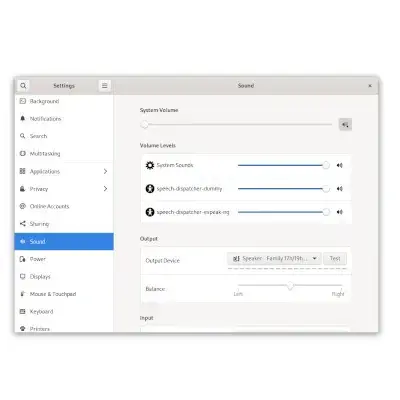

yea, a lot of open source projects are done by people that don’t see the point of copyleft software.
I think a lot of people just go with the 4 freedoms that RMS laid out.
when I read devs’ reasons to use non-copyleft license, it boils down to “I don’t want to limit freedom of later devs even if those devs are gonna fork it and make it private”. even when they say “I don’t care” they mean the same.
and they have the right to see it that way. my thinking is that humanity used to not have copyright at all. and the reason we are not living in caves is that knowledge mostly was spread (even when going from father to son only).
so I think software needs to go that way as much as it can.
I understand that developing software needs money and I even understand patents to an extent. but shit gone mad and patents are gone crazy. android is THE shining prime example of what happens even with a company that at least pretended not to go this way (that was naive to think they wouldn’t)
that’s why I going to write any software I write (even though I am just starting programing) in the most copyleft license ever I find.
maybe even more stalman than gpl3.
btw is there any site that explains the practical diff between gpl2 and 3? not tldr but not in details either, just maybe explain case base what happens?




Its
turtlescats all the way down.